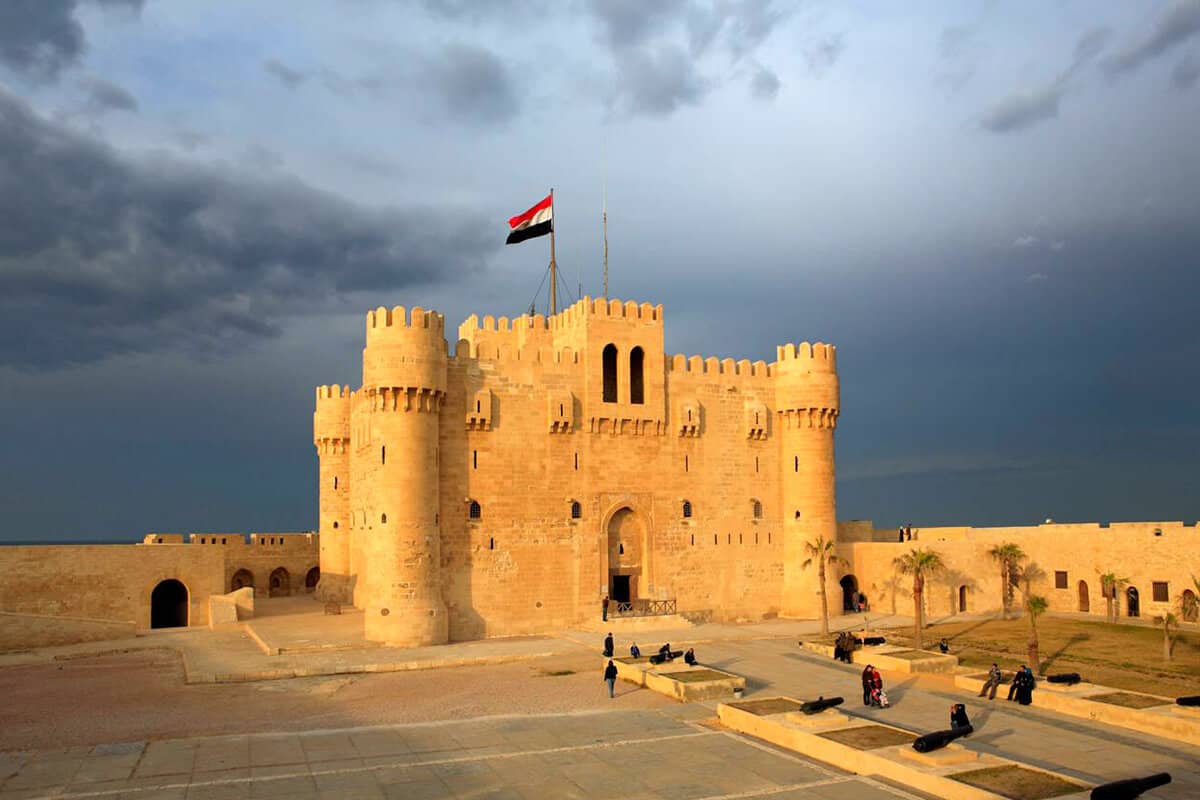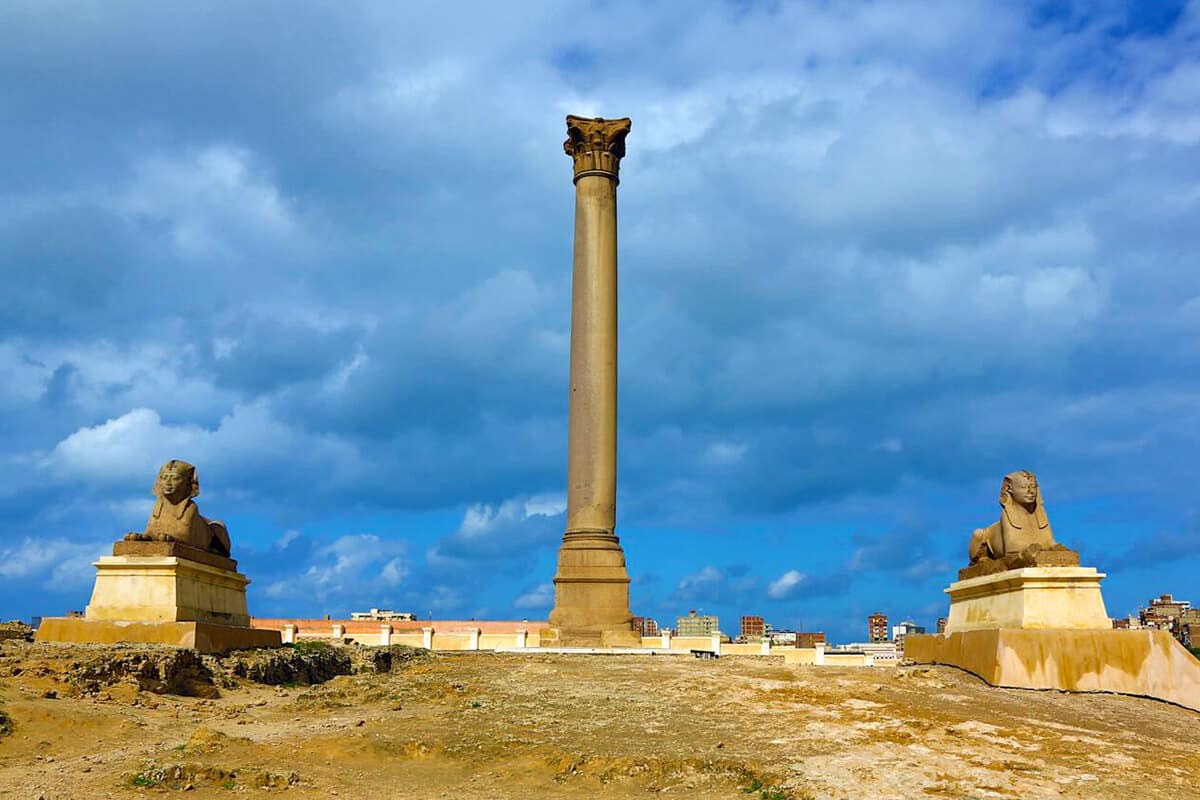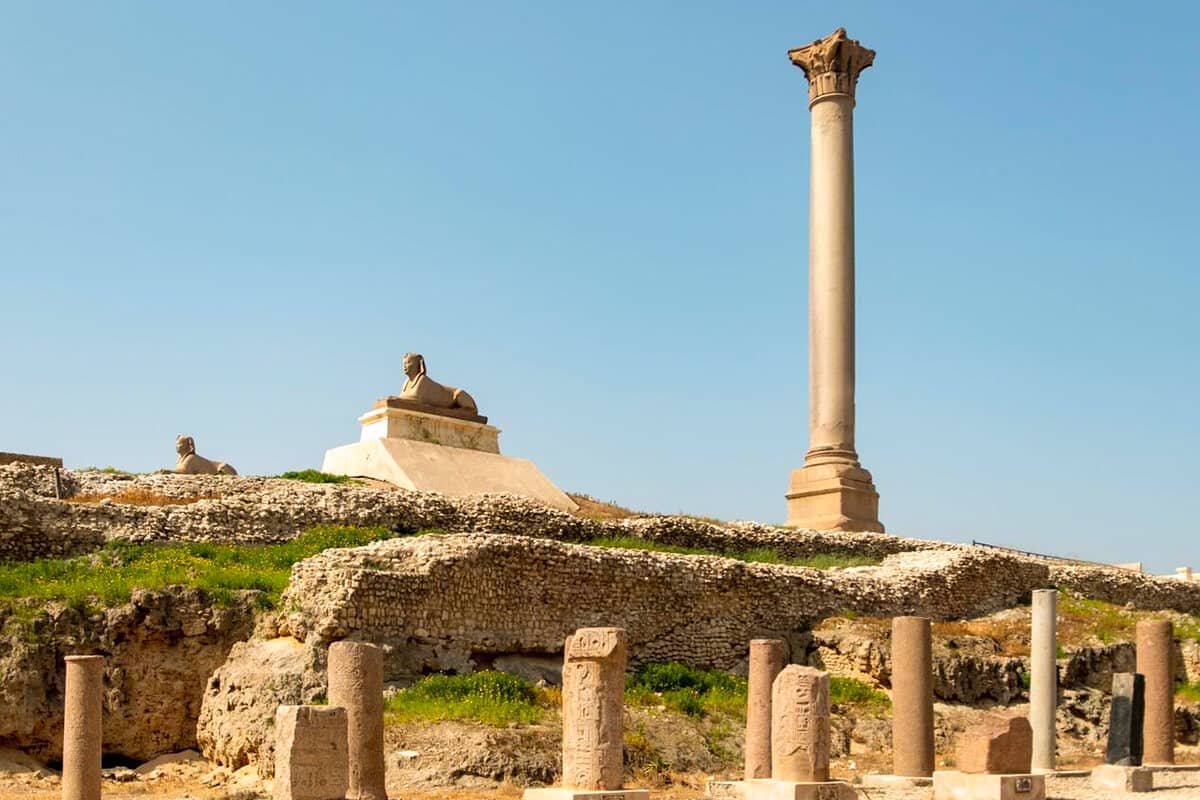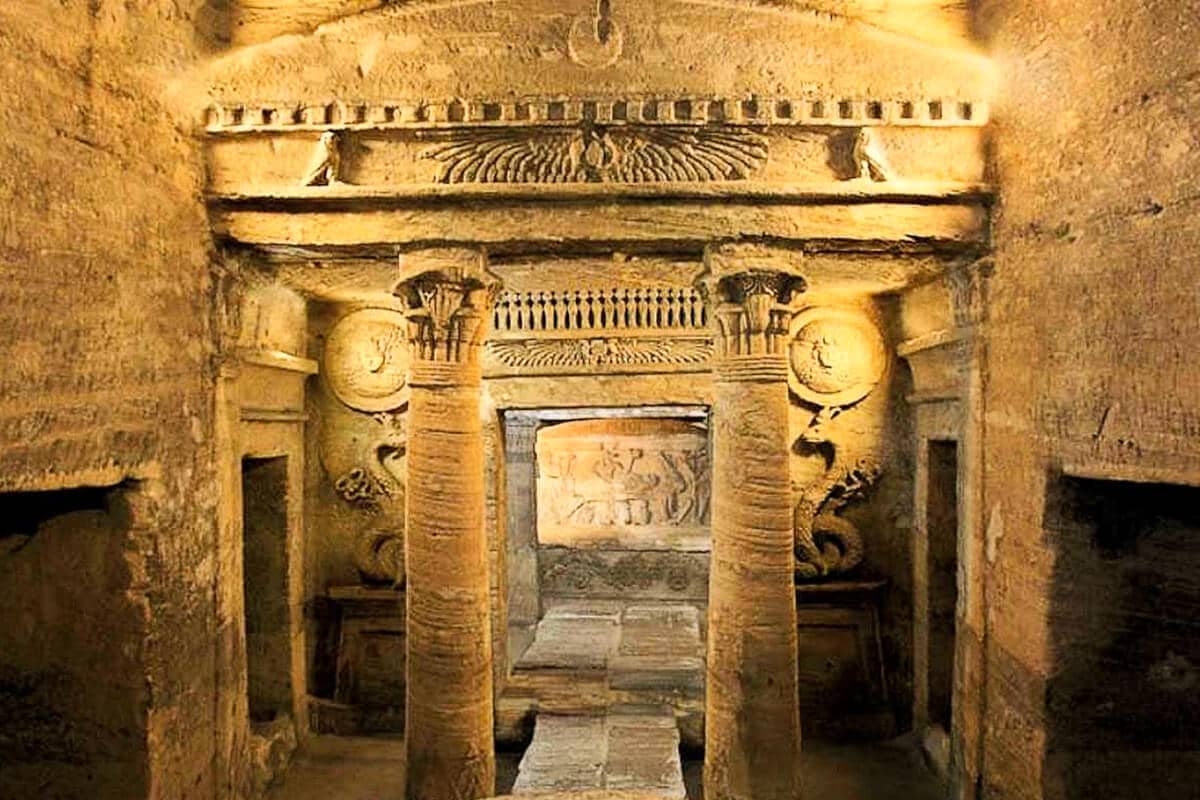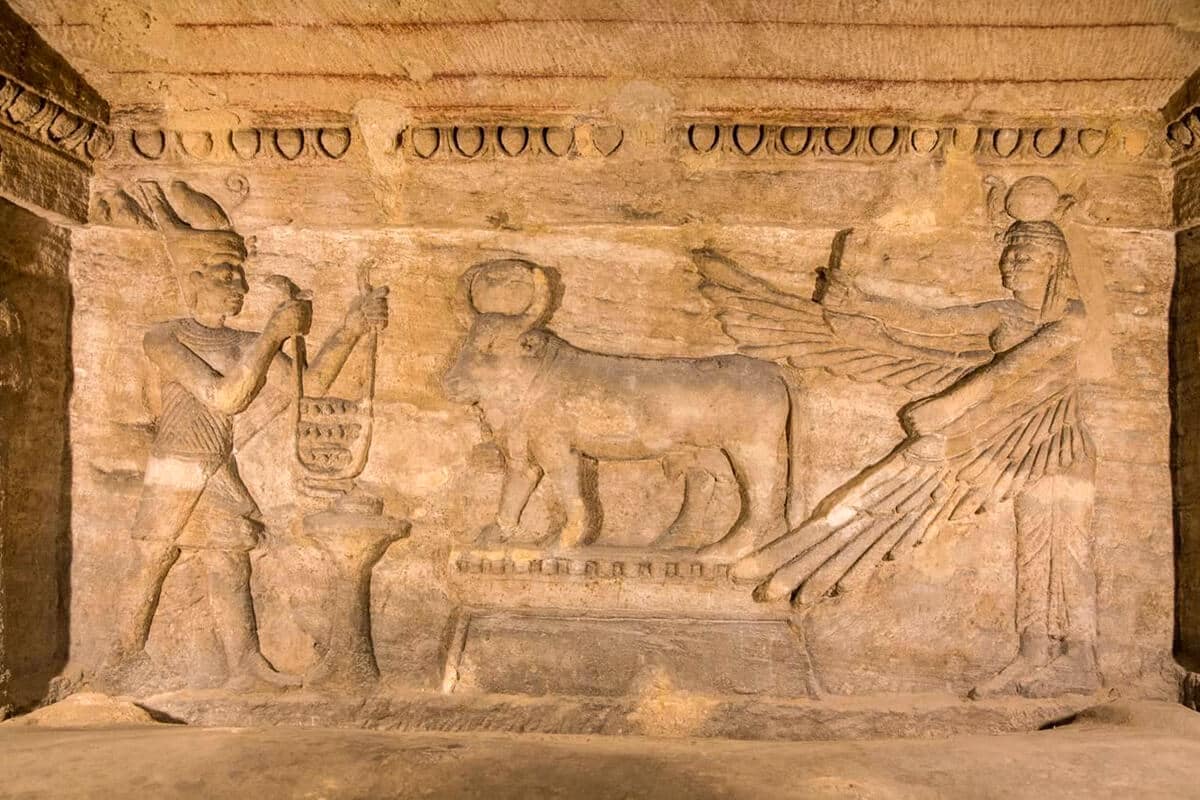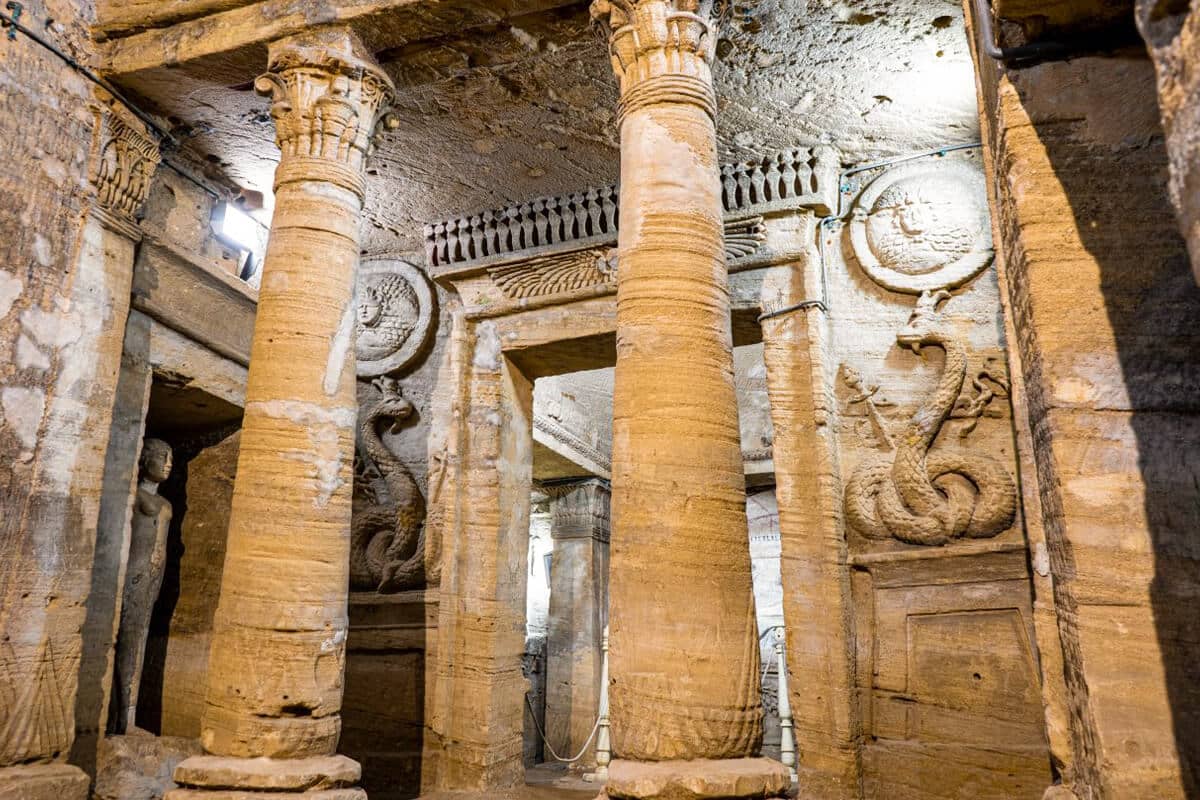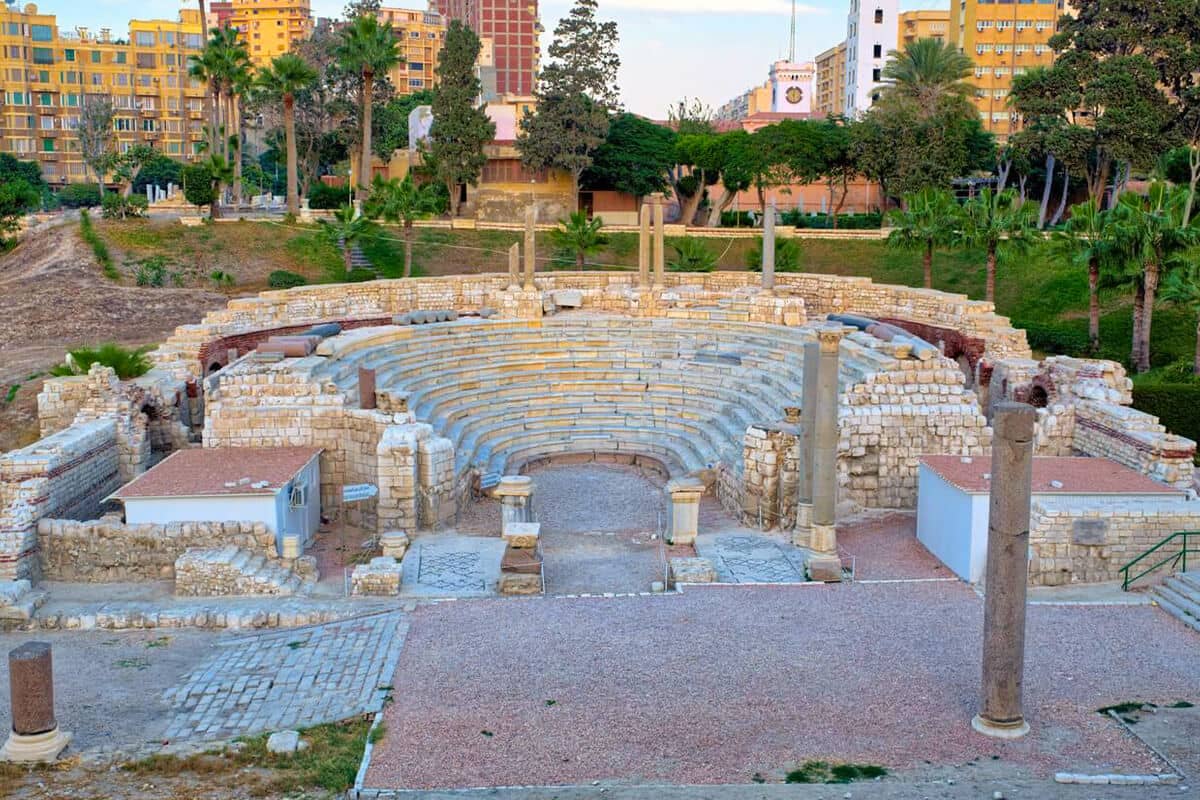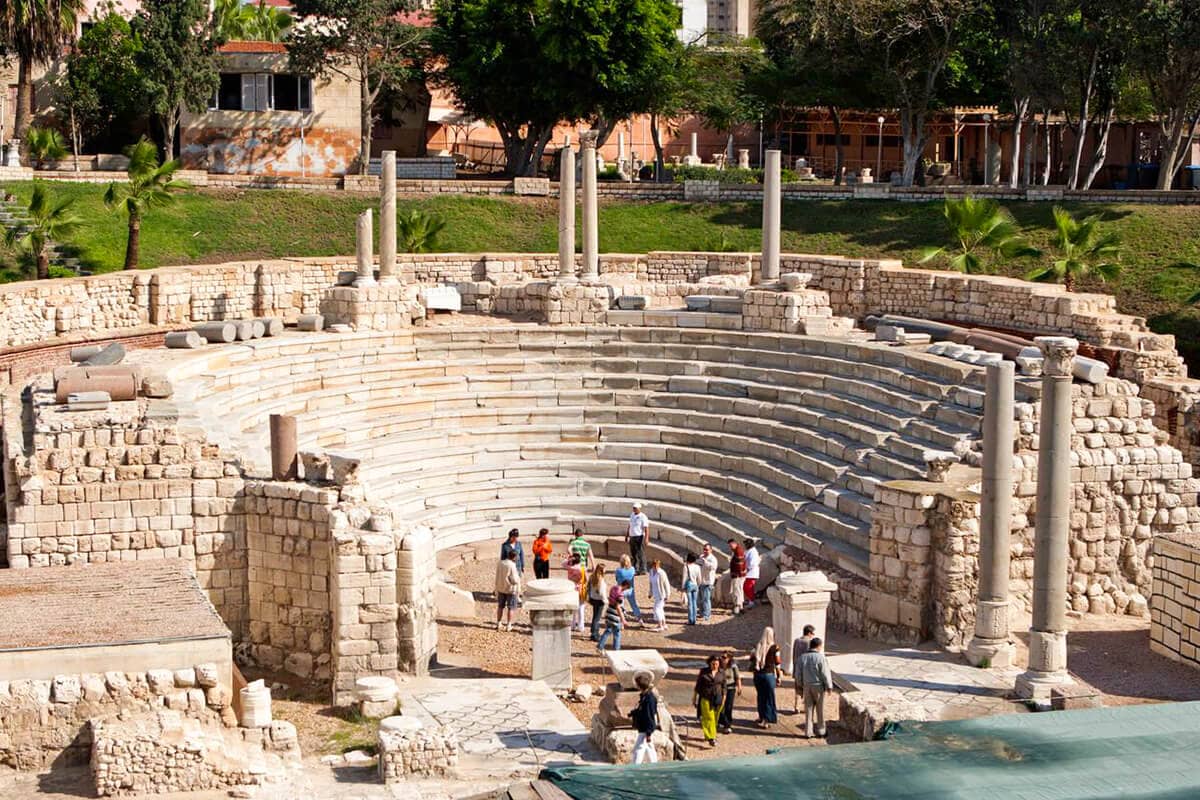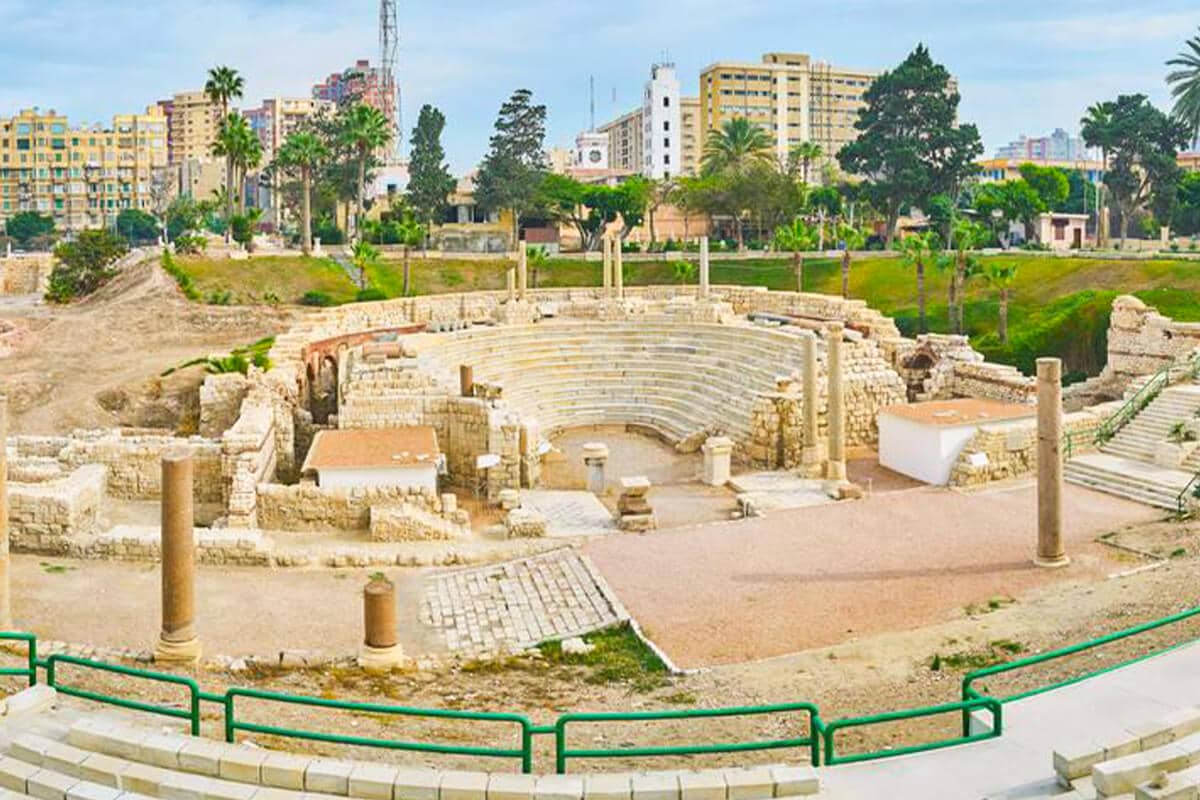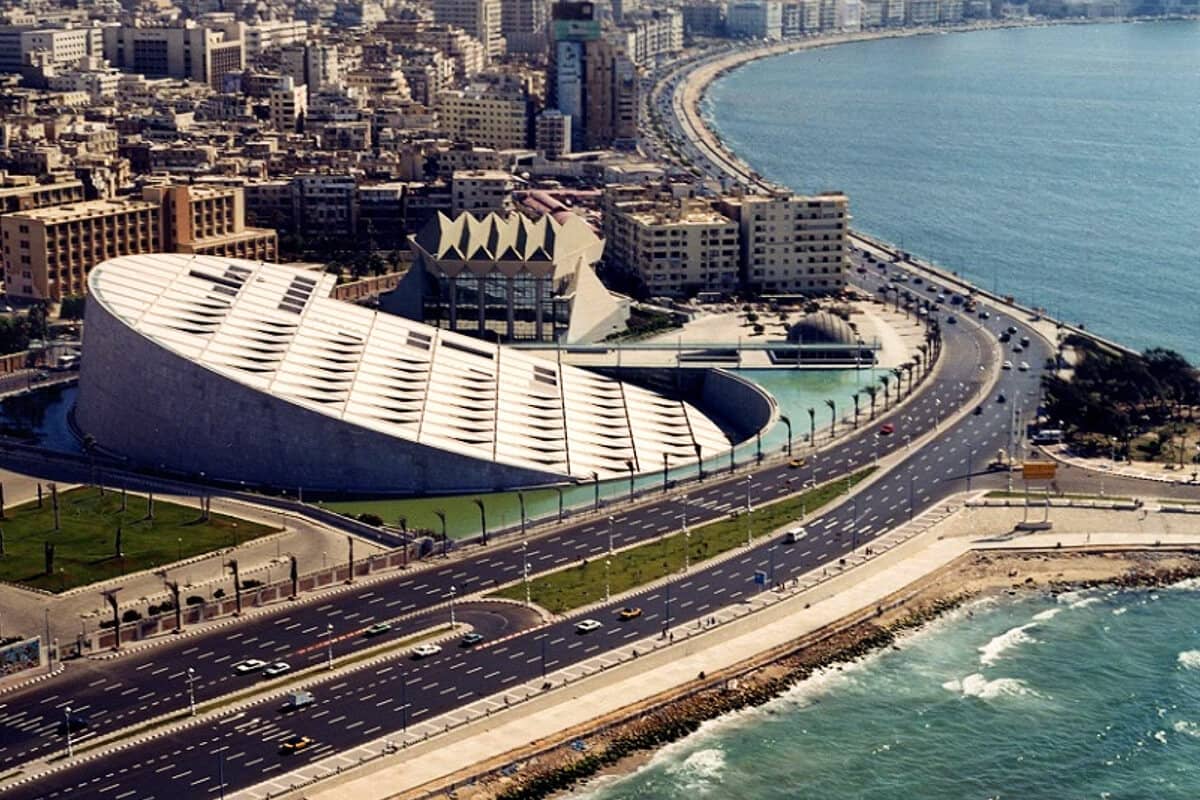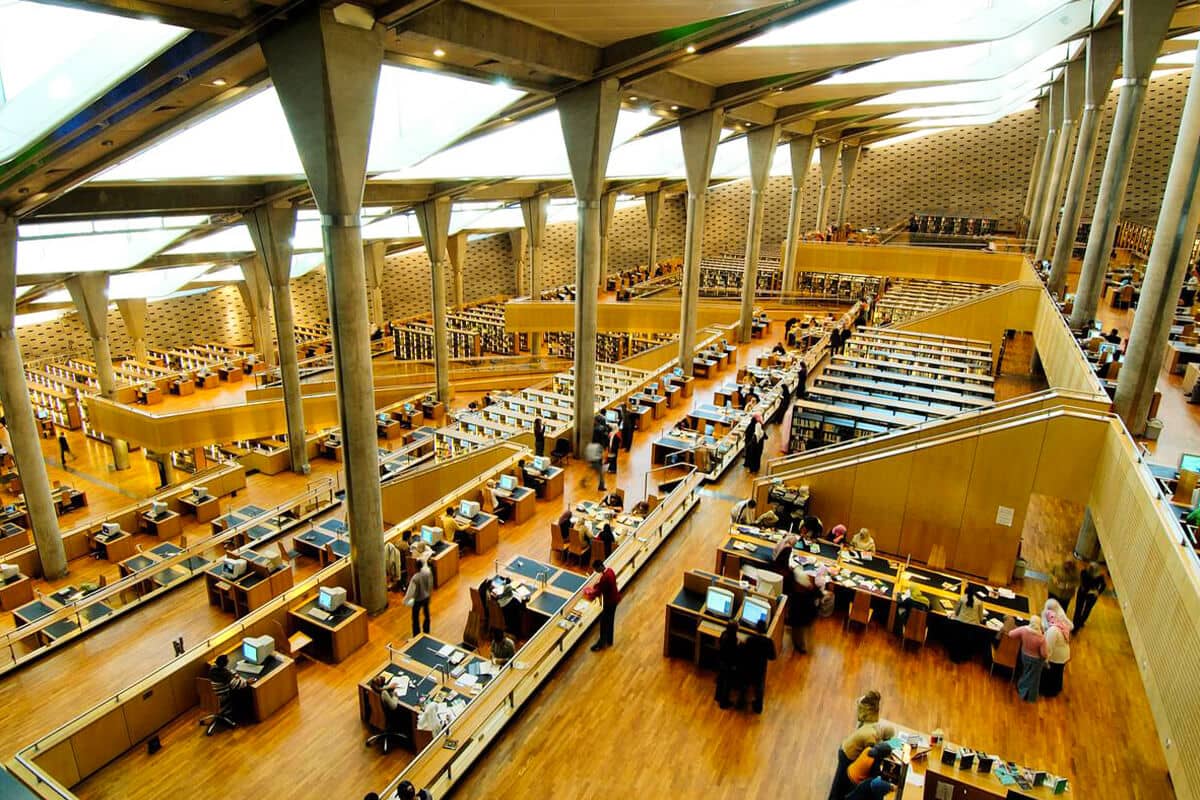The Qaitbay Citadel, often called the “Fort of Qaitbay,” is an iconic fortress with immense significance in Egypt’s historical narrative. This formidable structure is a testament to the country’s strategic importance and cultural heritage. The citadel has witnessed centuries of triumphs, conflicts, and transformations from its commanding location on the Mediterranean coastline.
Our purpose here is to enlighten and guide Egypt travelers who seek to explore the Qaitbay Citadel, ensuring they make the most of their visit. We will unravel the captivating history behind its construction, marvel at its architectural splendor, and showcase the beautiful attractions that await within its walls. Whether you are a history enthusiast, an architecture aficionado, or an avid traveler eager to discover the hidden gems of Egypt, this blog post will provide valuable insights and practical tips for an unforgettable experience.
Join us as we embark on a journey through time and immerse ourselves in the allure of the Qaitbay Citadel book now Egypt Vacation packages, a true gem that stands as a testament to Egypt’s storied past. Let’s explore the wonders that await within its walls and embrace the magic of this historic site.
Unveiling the Qaitbay Citadel: A Glimpse into Egypt’s Past
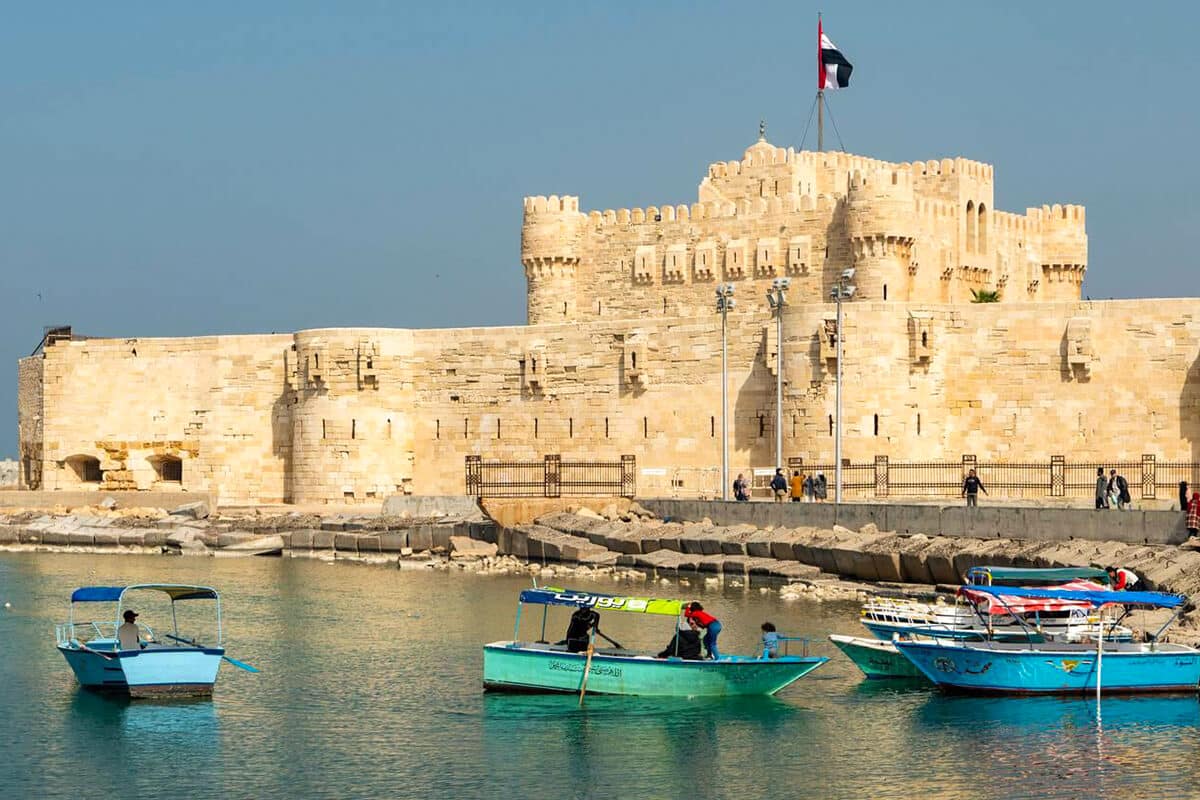
The Qaitbay Citadel is a mesmerizing testament to Egypt’s illustrious past, captivating visitors with its grandeur and historical significance. Located in the bustling city of Alexandria, this remarkable fortress has played a pivotal role in shaping Egypt’s history and culture.
Perched on the Mediterranean coastline, the Qaitbay Citadel has witnessed the rise and fall of empires, the ebb and flow of trade, and the passage of time. Its strategic location overlooking the sea made it a crucial stronghold throughout the ages. Constructed in the 15th century, the citadel was commissioned by Sultan Al-Ashraf Qaitbay, a Mamluk sultan, to fortify Alexandria against potential invaders.
Beyond its defensive purposes, the Qaitbay Citadel holds immense cultural significance for Egypt. It is a remarkable architectural fusion, showcasing influences from various eras and dynasties. The blend of Mamluk, Ottoman, and European architectural styles creates a captivating aesthetic that reflects the complex historical narrative of the region.
An intriguing anecdote that adds to the allure of the Qaitbay Citadel involves its construction materials. Legend has it that some of the stones used in the citadel’s construction were sourced from the ruins of the ancient Lighthouse of Alexandria, one of the Seven Wonders of the Ancient World. This connection to such a renowned landmark adds a layer of mystique and reverence to the citadel, elevating its historical and cultural significance even further.
The citadel’s location within Alexandria also holds its allure. As Egypt’s second-largest city, Alexandria is a vibrant hub of culture and heritage. It’s coastal setting and historical significance as a center of trade and learning make it a captivating destination for travelers. The Qaitbay Citadel is a prominent landmark within this bustling city, offering breathtaking views of the Mediterranean Sea and the surrounding landscape.
Furthermore, the Qaitbay Citadel has survived the test of time and undergone significant restorations to preserve its splendor. Over the years, several renovations have taken place to safeguard the citadel’s architectural integrity and maintain its historical value. These efforts ensure that visitors can experience the fort in all its magnificence, genuinely stepping back in time to unravel the stories embedded within its walls.
Stepping into the Qaitbay Citadel is like stepping into a living museum, where the echoes of Egypt’s past resonate with every step. From its strategic role in protecting Alexandria to its architectural grandeur and cultural significance, the citadel is a testament to Egypt’s rich history, resilience, and enduring legacy.
The History Behind Qaitbay Citadel

The construction of the Qaitbay Citadel is steeped in fascinating history, showcasing the vision and determination of its founder, Sultan Al-Ashraf Qaitbay. This monumental fortress is a testament to his legacy and the turbulent times in which it was built.
Sultan Al-Ashraf Qaitbay, a prominent Mamluk sultan who ruled Egypt from 1468 to 1496, envisioned a formidable stronghold to protect Alexandria from potential invaders and secure the city’s strategic position. Construction on the citadel began in 1477 and took approximately six years. The choice of location, overlooking the Mediterranean Sea, allowed for effective defense and control of maritime trade routes.
Architecturally, the Qaitbay Citadel boasts a fusion of influences from different eras and civilizations. The citadel exhibits elements of Mamluk architecture, characterized by sturdy fortifications and intricate decorative details. Additionally, Ottoman architectural effects are evident in the citadel’s layout and features, as Sultan Qaitbay was of Circassian origin and had close ties with the Ottoman Empire.
One of the notable architectural features of the Qaitbay Citadel is its imposing defensive walls, built with fortified bastions and ramparts. These walls were designed to withstand attacks and provide vantage points for defenders. The citadel also houses a mosque, showcasing the integration of religious and military functions.
The Qaitbay Citadel has witnessed various notable events and undergone significant renovations throughout its history. In the early 19th century, during the French campaign in Egypt, the citadel was briefly occupied by French forces led by General Louis Desaix. However, it was later recaptured by Ottoman troops and restored to its original purpose.
In the 20th century, the Qaitbay Citadel underwent extensive restoration efforts to preserve its architectural heritage and ensure its longevity. These renovations aimed to repair damage caused by natural factors and human intervention, reaffirming the citadel’s significance as a historical and cultural landmark.
Today, the Qaitbay Citadel stands as an emblem of Egypt’s rich past, drawing visitors from around the world to witness its historical grandeur and experience the stories it holds within its walls. The architectural features and influences that have shaped the citadel make it a captivating site for history enthusiasts, architecture lovers, and curious travelers alike.
Exploring the Impressive Architecture
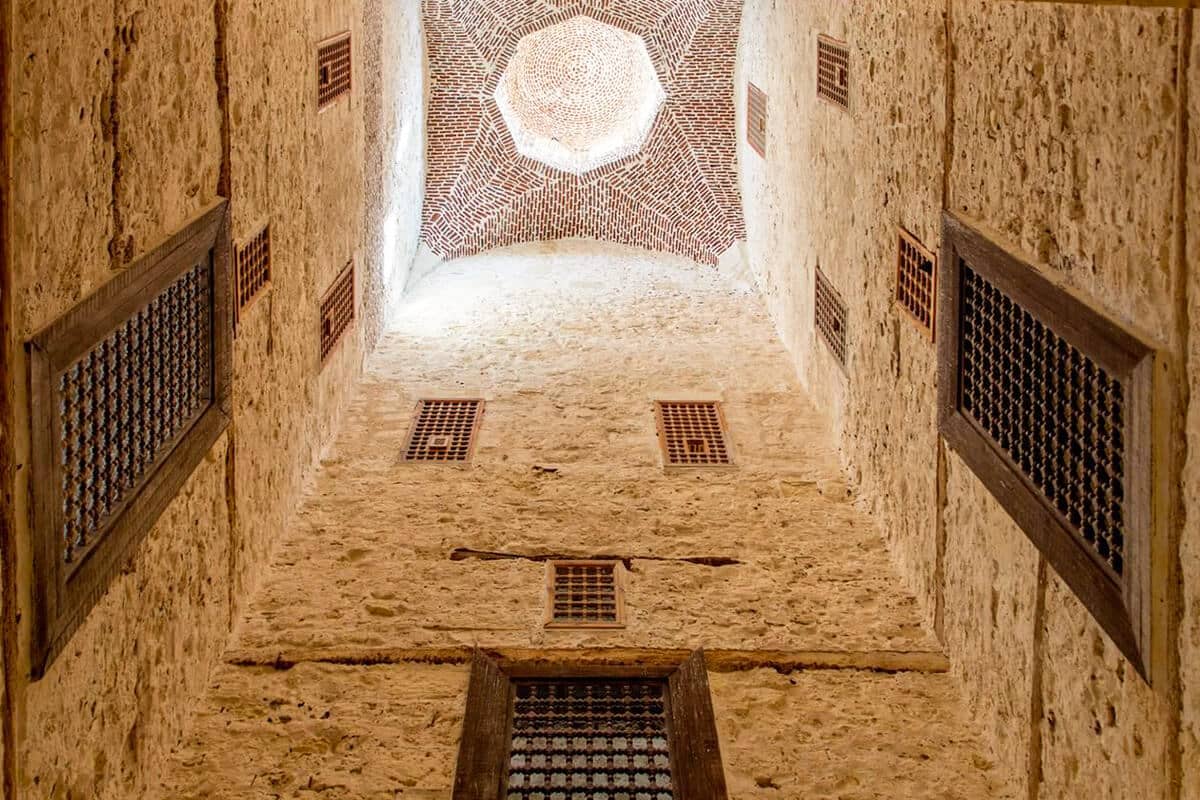
The Qaitbay Citadel is a captivating showcase of architectural brilliance, seamlessly blending elements from various styles and periods. Its distinct features and construction techniques make it a sight to behold, leaving visitors in awe of its grandeur.
The citadel’s architecture is a fusion of Mamluk and Ottoman influences, resulting in a unique and harmonious design. Mamluk architecture, known for its strong fortifications and intricate decorative motifs, is evident in its sturdy walls and elaborate detailing throughout the citadel. The Ottoman influence, stemming from Sultan Al-Ashraf Qaitbay’s Circassian origins and close ties to the Ottoman Empire, can be observed in the overall layout and some architectural elements.
One of the most striking features of the Qaitbay Citadel is its defensive walls. These imposing fortifications, built with thick stone blocks, were strategically designed to withstand attacks and provide a vantage point for defenders. Walking alongside these walls, visitors can admire the craftsmanship and appreciate the architectural ingenuity that went into their construction.
The citadel’s towers rise proudly from the walls, adding aesthetic charm and strategic importance. The buildings served as observation points, allowing guards to survey the surrounding areas for signs of impending threats. Their commanding presence and intricate architectural details offer a glimpse into the military mindset of the time.
A prominent feature Within the citadel complex is the mosque, which holds religious and architectural significance. The mosque’s design showcases the integration of Islamic elements with the defensive purpose of the fortress. Its elegant minarets and intricately adorned prayer hall reflect the attention to detail and craftsmanship characteristic of the time.
The construction techniques and materials used in the Qaitbay Citadel are a testament to the architects’ and builders’ skill and resourcefulness. Large stone blocks were meticulously cut and fitted together to form the solid walls and structures of the citadel. The use of local limestone and granite not only ensures durability but also adds to the citadel’s visual appeal.
Interestingly, some of the stones used in constructing the Qaitbay Citadel were said to be sourced from the ruins of the ancient Lighthouse of Alexandria, one of the Seven Wonders of the Ancient World. This historical connection adds an intriguing layer to the citadel’s architectural heritage, bridging the gap between ancient wonders and medieval fortifications.
As visitors explore the Qaitbay Citadel, they will be enthralled by the architectural mastery that has withstood the test of time. The fusion of Mamluk and Ottoman styles, the imposing defensive walls and towers, and the mosque’s intricacies all contribute to this historic fortress’s allure. It is a vivid reminder of Egypt’s rich architectural legacy and ability to blend diverse influences into a harmonious whole.
Conclusion, Beyond its architectural splendor, the Qaitbay Citadel carries immense cultural value. It serves as a gateway to Egypt’s past, offering insights into the country’s historical narrative and the civilizations that have shaped it. It is where the echoes of ancient tales intertwine with the spirit of modern Egypt.
If you plan a journey to Egypt, include the Qaitbay Citadel in your travel itinerary. Step into its storied halls, stand atop its ramparts and be transported to a time of empires and conquests. The citadel’s commanding views of the Mediterranean Sea and its cultural significance make it an experience that should be noticed.
If you want to cruise through Nile River check out Egypt Nile River cruises
You can spend one day in egypt, check out in Egypt day tours

